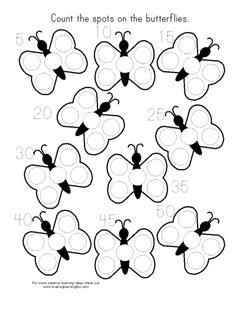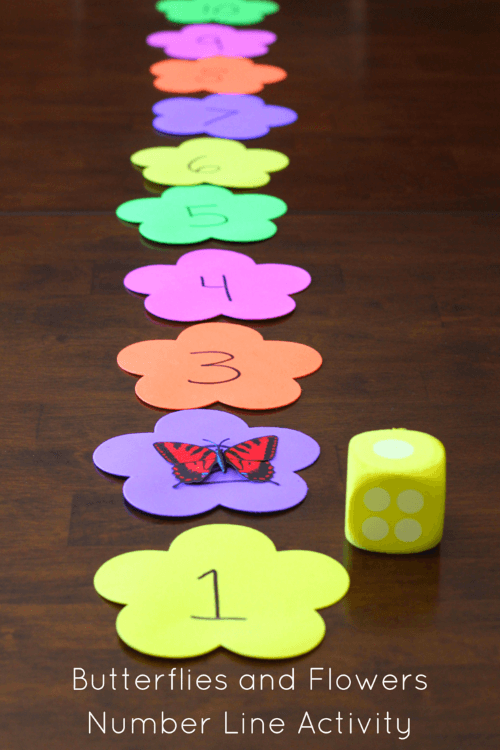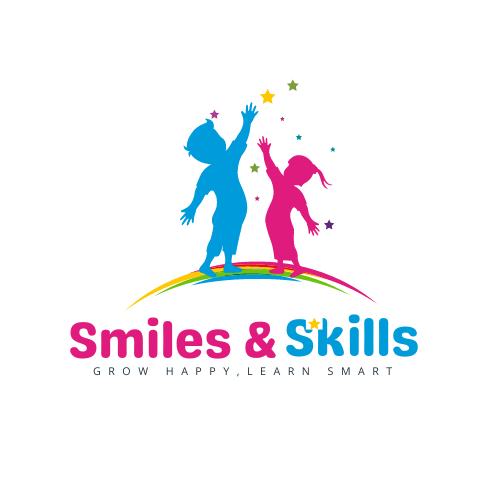Butterfly Math Activities for Preschool include fun and engaging educational exercises that promote learning numbers and basic math skills for young children. These activities are designed to enhance cognitive development, fine motor skills, and logical thinking in an interactive and enjoyable way.
1. Counting with Butterfly Wings
Counting is a fundamental math skill. Preschoolers can learn counting using butterfly wings. Here is a simple activity to start with.
Materials Needed
- Butterfly wing printouts
- Markers or crayons
- Number stickers
Steps
- Print out butterfly wings on paper.
- Use markers or crayons to color the wings.
- Place number stickers on each wing.
- Ask the child to count the number of wings.
This activity helps children recognize numbers and practice counting. It is also a fun way to incorporate art into math learning.
2. Butterfly Addition and Subtraction
Addition and subtraction are important math concepts. Butterflies can make these concepts easier to grasp. Here is an exciting activity.
Materials Needed
- Paper butterflies
- Markers
- Number cards
Steps
- Cut out paper butterflies.
- Write numbers on the butterflies using markers.
- Prepare number cards with simple addition and subtraction problems.
- Ask the child to solve the problems using the butterflies.
Children can place the correct number of butterflies to match the problem. This hands-on activity makes addition and subtraction interactive and fun.
3. Butterfly Shape Recognition
Shapes are another key math concept. Butterflies can help preschoolers learn to recognize different shapes. Here is how you can do it.
Materials Needed
- Butterfly shape printouts
- Scissors
- Glue
- Construction paper
Steps
- Print out butterflies with different shapes on their wings.
- Cut out the shapes using scissors.
- Provide construction paper for the child to glue the shapes onto.
- Ask the child to match shapes and glue them on the paper.
This activity helps children identify and match different shapes. It also enhances their fine motor skills.
4. Butterfly Pattern Recognition
Recognizing patterns is an essential math skill. Butterflies can help preschoolers learn patterns. Here is an engaging activity.
Materials Needed
- Butterfly stickers
- Paper
- Markers
Steps
- Draw a sequence of butterfly stickers on paper.
- Leave some spaces blank for the child to fill in.
- Provide extra stickers for the child to complete the pattern.
This activity helps children recognize and complete patterns. It is a fun way to enhance their logical thinking skills.
5. Butterfly Measurement Activity
Measurement is another important math concept. Butterflies can help preschoolers understand measurement. Here is a simple activity.
Materials Needed
- Paper butterflies
- Ruler
- Pencil
Steps
- Cut out paper butterflies of different sizes.
- Provide a ruler for the child to measure the butterflies.
- Ask the child to record the measurements using a pencil.
This activity helps children learn to measure objects. It also introduces them to recording data.
6. Butterfly Number Matching
Number matching is a fun way to learn numbers. Butterflies can make this activity more exciting. Here is how to do it.
Materials Needed
- Butterfly cutouts
- Number cards
Steps
- Cut out butterfly shapes and number cards.
- Write numbers on the butterfly cutouts.
- Ask the child to match the number cards with the butterflies.
This activity helps children recognize and match numbers. It is a simple yet effective way to reinforce number recognition.
7. Butterfly Counting Game
Games make learning more enjoyable. Here is a butterfly counting game for preschoolers.
Materials Needed
- Butterfly tokens
- Dice
Steps
- Provide each child with butterfly tokens.
- Ask the child to roll the dice.
- The child counts out the corresponding number of butterfly tokens.
This game helps children practice counting in a fun way. It also introduces them to using dice and taking turns.

Credit: www.makinglearningfun.com
8. Butterfly Sorting Activity
Sorting is a key math skill. Butterflies can make sorting more interesting. Here is a simple activity.
Materials Needed
- Butterfly cutouts in different colors
- Sorting trays
Steps
- Cut out butterflies in different colors.
- Provide sorting trays for the child.
- Ask the child to sort the butterflies by color.
This activity helps children learn to sort objects by attributes. It is also a great way to enhance their color recognition skills.

Credit: funlearningforkids.com
Frequently Asked Questions Of Butterfly Math Activities For Preschool
Q1: What Are Some Fun Butterfly Math Activities for Preschoolers?
A1: You can make math fun for preschoolers by counting butterfly wings, matching colors and shapes, and sorting butterfly patterns. These activities help kids practice early math skills while having fun.
Q2: How Can I Incorporate Butterfly Math Into My Preschool Curriculum?
A2: Try adding butterfly-themed activities to your math lessons. For example, you can have the kids count the spots on butterflies, measure how long caterpillars are, or graph the types of butterflies you find. These hands-on activities make learning math exciting for preschoolers.
Q3: Why Is Butterfly Math Beneficial for Preschool Children?
A3: Butterfly math activities help kids develop number skills, improve problem-solving and logical thinking, enhance fine motor skills, and spark curiosity about nature. These activities give kids a well-rounded learning experience that’s both educational and fun.
What are some other butterfly activities that benefit children?
Other butterfly activities that benefit children include butterfly crafts, reading butterfly-themed books, and learning about the butterfly life cycle. These activities boost creativity, language skills, and a connection to nature while supporting cognitive development.
Conclusion
Introducing butterfly math activities into your preschool curriculum can greatly benefit children’s cognitive growth. These hands-on experiences support key math skills like counting, pattern recognition, and sorting. By making math fun and interactive, kids not only build their math skills but also develop a love for learning.
Bring the magic of butterflies into your classroom and watch your preschoolers’ math skills take flight!.

